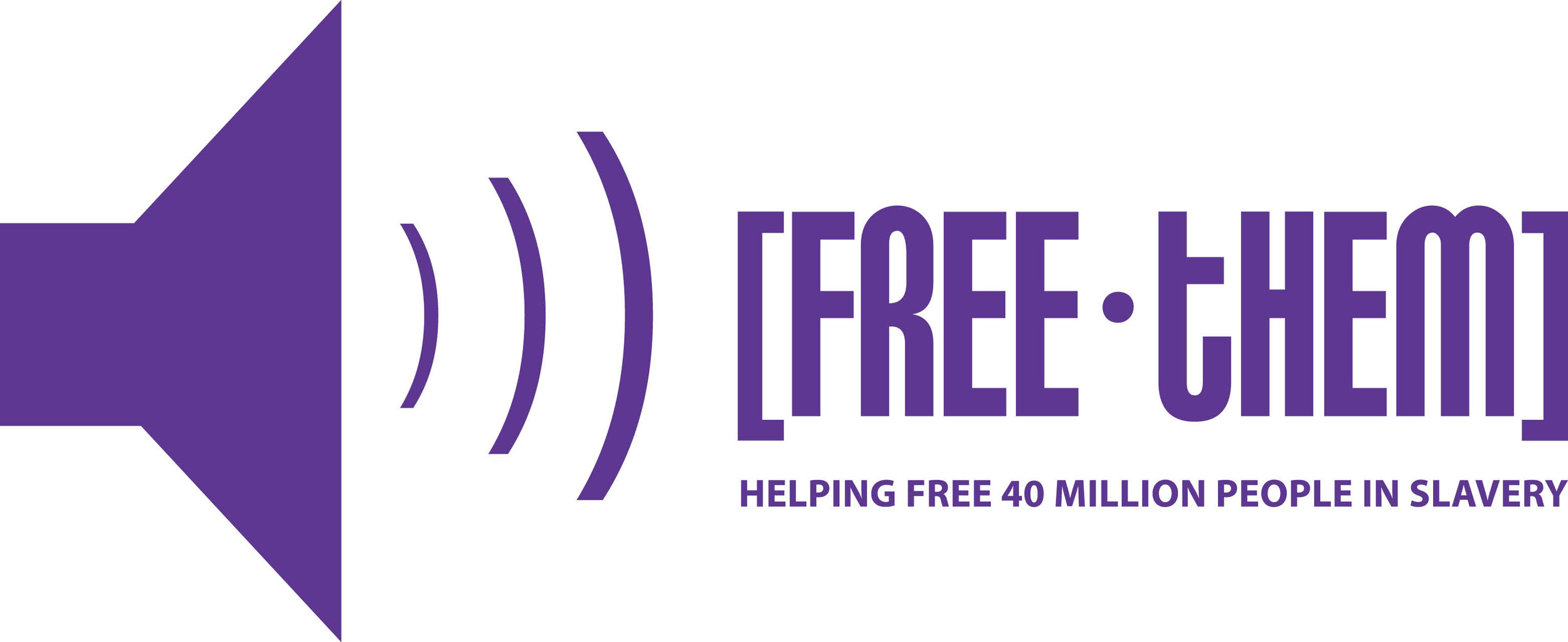What Is Human Trafficking?
The United Nations Office on Drugs and Crimes Defines Human Trafficking As Follows: Article 3, paragraph (a) of the Protocol to Prevent, Suppress and Punish Trafficking in Persons defines Trafficking in Persons as the recruitment, transportation, transfer, harbouring or receipt of persons, by means of the threat or use of force or other forms of coercion, of abduction, of fraud, of deception, of the abuse of power or of a position of vulnerability or of the giving or receiving of payments or benefits to achieve the consent of a person having control over another person, for the purpose of exploitation. Exploitation shall include, at a minimum, the exploitation of the prostitution of others or other forms of sexual exploitation, forced labour or services, slavery or practices similar to slavery, servitude or the removal of organs.
What are the elements of human trafficking?
On the basis of the definition given in the Trafficking in Persons Protocol, it is evident that trafficking in persons has three constituent elements;
The Act(What is done) Recruitment, transportation, transfer, harbouring or receipt of persons
The Means (How it is done) Threat or use of force, coercion, abduction, fraud, deception, abuse of power or vulnerability, or giving payments or benefits to a person in control of the victim
The Purpose (Why it is done) For the purpose of exploitation, which includes exploiting the prostitution of others, sexual exploitation, forced labour, slavery or similar practices and the removal of organs.
To ascertain whether a particular circumstance constitutes trafficking in persons, consider the definition of trafficking in the Trafficking in Persons Protocol and the constituent elements of the offense, as defined by relevant domestic legislation.
CRIMINALIZATION OF HUMAN TRAFFICKING
The definition contained in article 3 of the Trafficking in Persons Protocol is meant to provide consistency and consensus around the world on the phenomenon of trafficking in persons. Article 5 therefore requires that the conduct set out in article 3 be criminalized in domestic legislation. Domestic legislation does not need to follow the language of the Trafficking in Persons Protocol precisely, but should be adapted in accordance with domestic legal systems to give effect to the concepts contained in the Protocol. In addition to the criminalization of trafficking, the Trafficking in Persons Protocol requires criminalization also of: · Attempts to commit a trafficking offence · Participation as an accomplice in such an offence · Organizing or directing others to commit trafficking. National legislation should adopt the broad definition of trafficking prescribed in the Protocol. The legislative definition should be dynamic and flexible so as to empower the legislative framework to respond effectively to trafficking which: · Occurs both across borders and within a country (not just cross-border) · Is for a range of exploitative purposes (not just sexual exploitation) · Victimizes children, women and men (Not just women, or adults, but also men and children) · Takes place with or without the involvement of organized crime groups.
For a checklist of Criminalization under the Protocol, click here.
To see how human trafficking is different to migrant smuggling, click here.
